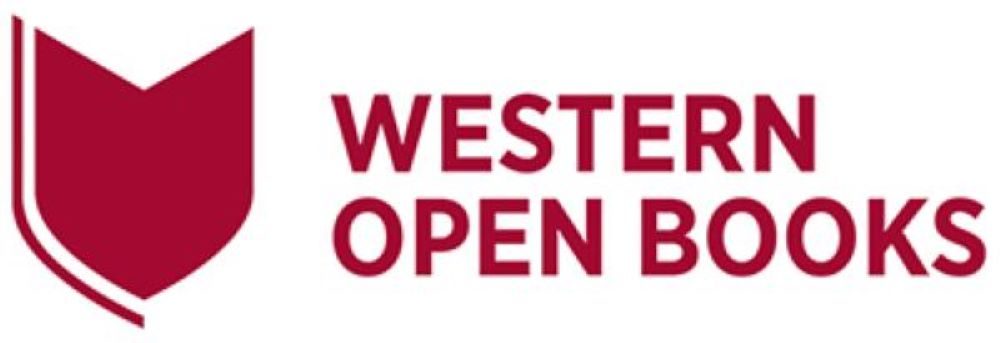15 Subject specific mathematics

Some university courses or programs have assumed NSW HSC level knowledge in mathematics. However, even if it is not stated, most university programs assume students are competent in numeracy including basic maths and stats.
Assumed NSW HSC Mathematics for your program
Always check the University Handbook to see what additional mathematics is assumed knowledge in your subjects.
Look for headings such as ‘Assumed knowledge’ or ‘Recommended studies’ at both the program and subject level in the handbook. Check under the ‘Admissions’ tab.
Some schools or faculties will state the level of NSW HSC Mathematics required by your program or subject. For example, Engineering programs might mention Mathematics at Band 4 or above. This refers to the results received in the level of mathematics studied by students in Years 11 and 12 schools and examined in the NSW Higher School Certificate (HSC).
Some subjects will just state a broad area, for example ‘basic algebra’ but don’t detail what this means.
Remember, at university, it’s assumed you are already competent in working and reasoning with numbers, even though this is not listed under ‘Assumed knowledge’ in the University’s handbook.
Year 11 and 12 Mathematics
Although the content covered in the NSW Year 7 to 10 Mathematics syllabus is sufficient for most non-STEM courses at university, most students find that studying Mathematics in Year 11 and 12 provides them with an opportunity to consolidate and strengthen those skills covered in Years 7 to 10, making them better prepared for the demands they meet in university subjects.
Many students studying STEM courses or subjects at university strongly benefit from having studied Mathematics Advanced or above at the NSW HSC level. Since they already have the necessary mathematics skills, they can focus on learning new content without having to refresh their maths at the same time.
What NSW Maths will help me succeed?
Use the table below to see what kind of mathematical background would benefit you in your course or area of interest.
| Program by School | You are more likely to succeed if your mathematical background includes: |
Engineering, Design and Built Environment
Computer, Data and Mathematical Sciences
|
NSW HSC Mathematics Extension 1 and above
View course content:
|
Business
Science
Medicine
|
NSW HSC Mathematics Advanced and above
View course content:
|
Health Sciences
|
Up to and including NSW Stage 4 (Years 7 to 8) Mathematics
NSW Stage 5 (Years 9 to 10) Mathematics*
|
Law
Psychology
Education**
|
NSW Stage 4 (Years 7 to 8) Mathematics
NSW Stage 5 (Year 9 to 10) Mathematics*
|
Nursing and Midwifery
Humanities and Communication Arts
Social Sciences
|
NSW Stage 3 and 4 (Year 5 to 8) Mathematics
NSW Stage 4 (Years 7 to 8) Mathematics
NSW Stage 5 (Years 9 to 10) Mathematics*
|
* 5.1, 5.2 and 5.3 are the three sub-stages of Stage 5 (Year 9 and 10). For more information, see Mathematics K–10 | NSW Education Standards Authority (and select Course Content).
** From 2023, some education degrees will have a mathematics prerequisite required by NSW Education Standards Authority (NESA). Please note that this is not a Western Sydney University prerequisite, and further information can be found on the NESA website.
Learn more
The Mathematics Education Support Hub (MESH) provides Western Sydney University students at all stages in their courses of study, with mathematics and statistics support. Explore the following resources for help with developing your maths skills:

